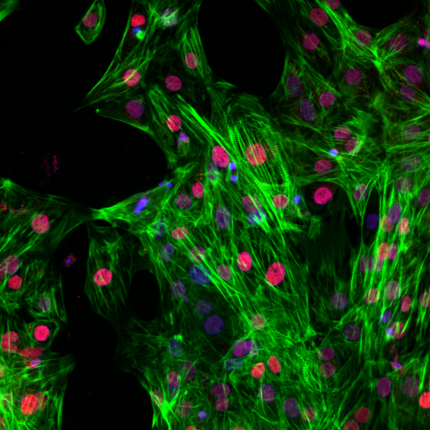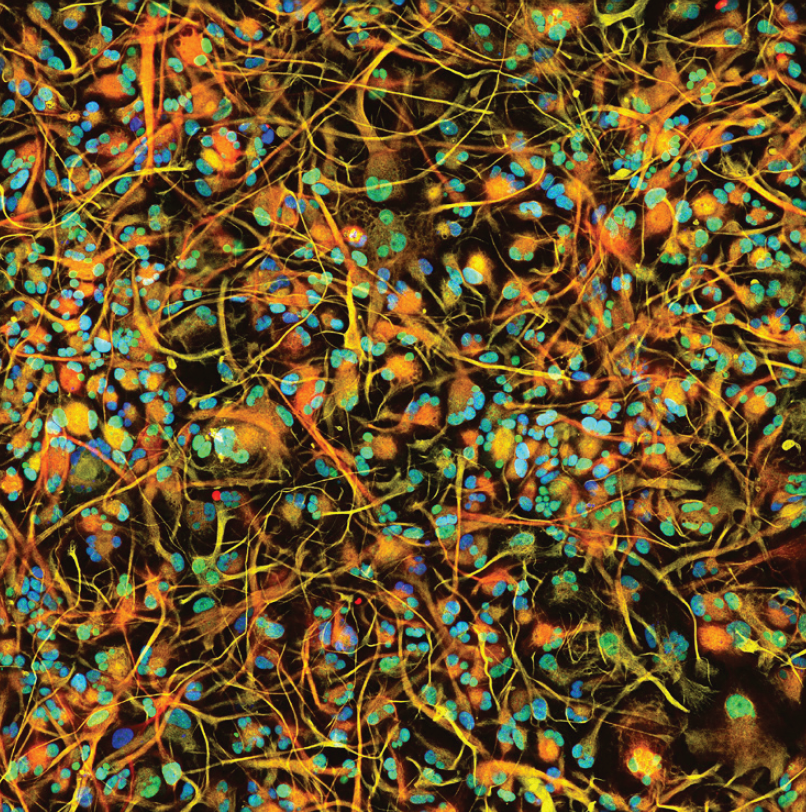Proven, relevant iPSC-derived
cell models from Ncardia
Physiologically relevant and fully functional cell models
manufactured to-scale and readily available.
The robustness you seek begins with a dependable cell model
Translating an in vitro cellular system into a relevant clinical readout requires a fully functional cell model. That’s one of our specialties at Ncardia. With our readily available iPSC-derived models you can conduct your research with consistency and reproducibility.
Benefits of Ncardia's iPSC-Derived Cell Models
Readily available
Rigorous quality control to deliver pure and functional cell models
Consistent batches
Robust differentiation processes with 2D and 3D scale-up platforms
Translational results
Models based on human iPSC technology
in vitro models

Human iPSC-derived atrial cardiomyocytes
Neural
Human iPSC-derived astrocytes
Vascular
Human iPSC-derived vascular endothelial cells
Cardiac.png)
Human iPSC-derived 3D cardiac microtissue model
Neural
Human iPSC-derived microglia
Vascular
Human iPSC-derived vascular smooth muscle cells
Cardiac
Human iPSC-derived ventricular cardiomyocytes
Not what you are looking for? Discover our custom iPSC generation, differentiation and expansion services
Choose your path to success with Ncardia
Whether you work with our proprietary lines, bring your own line, or leverage our assistance in sourcing and reprogramming, we will help you achieve the ideal differentiated cell for your project.
Applications of Ncardia cell models



Incorporate relevant cell models
in your research
We’re ready to help make your next step the very best it can be. So let’s start with a conversation – about your vision, goals and expectations for your projects.
